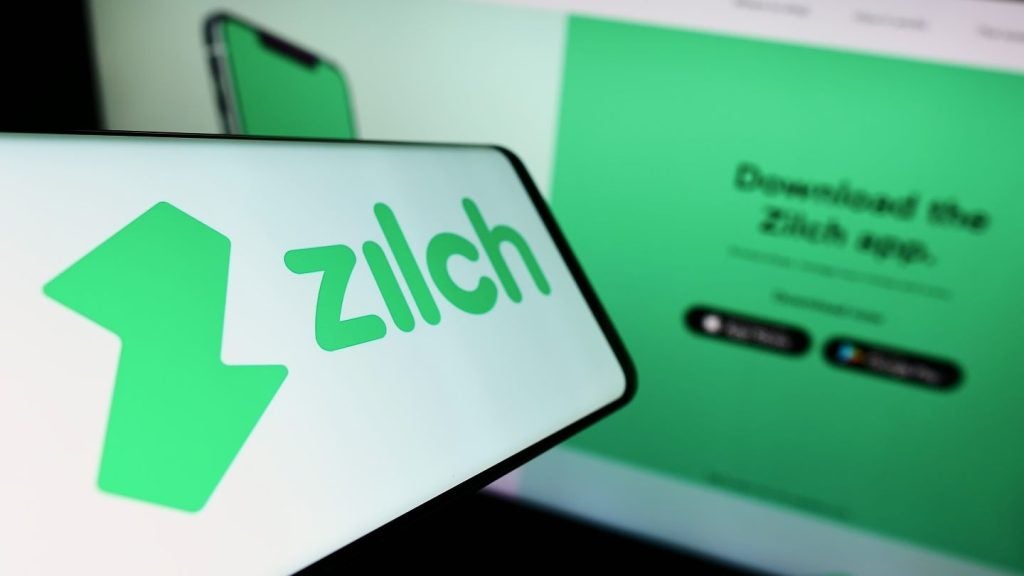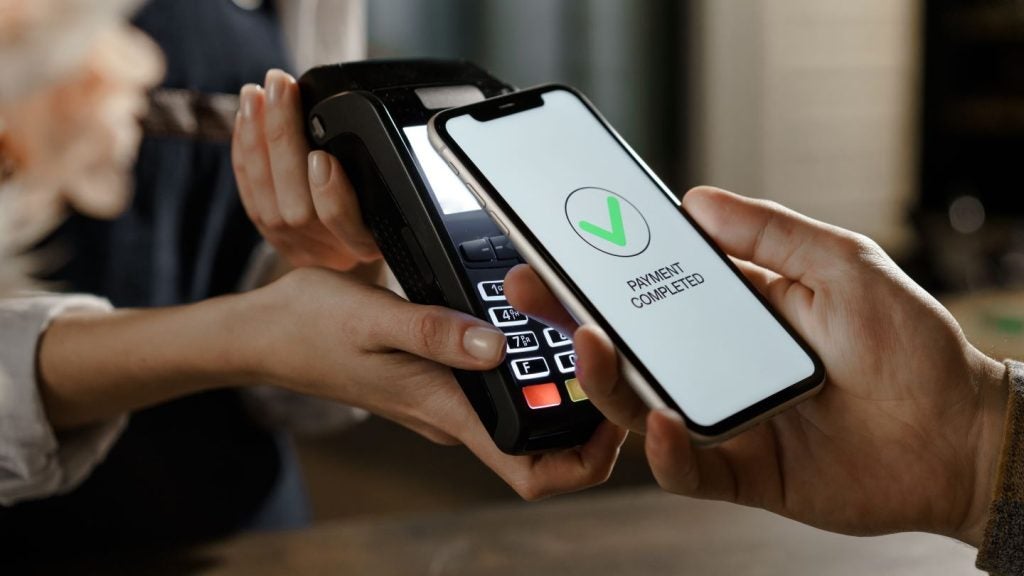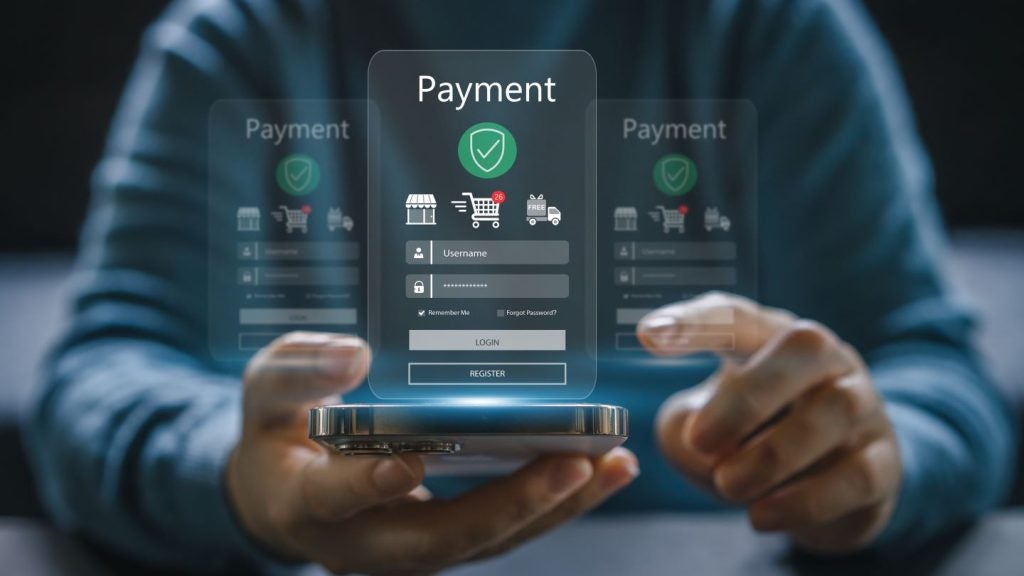
Once again, Capgemini has released its annual World Payments Report, and like most things this year Covid-19 has dominated the agenda. Evie Rusman takes a closer look at the findings and speaks to Capgemini’s Elias Ghanem
As we approach the end of 2020 and reflect on the past year, it is apparent that the global pandemic has had a defining impact on every sector, including payments. From concerns about ‘dirty’ cash to a need to access services from home, the payments industry has seen vast changes in the way people pay.

Access deeper industry intelligence
Experience unmatched clarity with a single platform that combines unique data, AI, and human expertise.
In this year’s report, the shift away from cash is evident; between 2018-19 global non-cash transaction volumes grew 14% to reach 705.8bn – the highest surge in the past decade. Capgemini argues that Covid-19 has accelerated this trend, as well as developments in payment technology.
Speaking to EPI, Elias Ghanem, global head of market intelligence at Capgemini, discusses how the pandemic has accelerated digital payment adoption, not just among young people but the older generation also.
He says: “Covid-19 has forced us all to stay at home, and therefore accelerated the use of digital payments. Social distancing measures meant that e-commerce became the main form of commerce. What we have noticed is that all age groups have adapted to this change – over-65s now have no problem using contactless payments and are using technologies such as Zoom. This is a revelation in terms of adoption across age groups.”
Staying in the race
The report also emphasises how consumer behaviour is constantly changing. Nowadays, customers are much less patient when it comes to the payment checkout experience – so much so that typing in a credit card PIN seems rather longwinded.

US Tariffs are shifting - will you react or anticipate?
Don’t let policy changes catch you off guard. Stay proactive with real-time data and expert analysis.
By GlobalDataTherefore, it is necessary for payments firms to meet customers’ digital expectations. According to the report, new players are becoming ever more popular, with 30% of consumers using a BigTech, like Apple or Google, for payment services, and 50% already using a challenger bank for some payments.
Furthermore, as of April 2020, more than 38% of consumers said they discovered a new payment provider during the lockdown. Internet banking and direct account transfers were, and still are, the preferred payment method throughout the global health crisis, according to 68% of consumer survey respondents. Contactless (tap-to-pay) cards came in second, with 64% of saying they used them often. Digital wallets (including QR based payments) were the preferred choice of 48% of respondents.
This move to digital has added pressure onto traditional incumbents who have had to adapt the way the operate in order to “stay in the race”.
Ghanem argues that, so far, the traditional players have not had a substantial impact when it comes to transforming digitally.
“The traditional players have not adapted well,” he says. “Why? Because all the new players are mobile and digital wallet native, whereas traditional incumbents have to acquire digital capabilities. Challengers and fintechs will also already have a full KYC and digital onboarding solution. The traditional players will have to evolve towards digital onboarding, and as a result, between the new players that are native in these technologies and the banks that are currently on the journey to get there.
“If banks want to remain in the race, or even be invited to the party, they must master digital because if not they will fall behind.”
Risks
With the move to more digital payment methods, also comes an increased risk of fraud and cyber security attacks. These days, hackers are becoming more and more advanced when it comes to carrying out phishing or fraudulent activities.
The report outlines that due to more payment options becoming available, payments firms must grapple with increased risk across business, regulation and operations. In addition, 87% of payments executives feel they face a high likelihood of cyber vulnerabilities, as criminals are exploiting exposures opened by the Covid-19 lockdown, which increase the risk of cyberattacks, money laundering and terrorist financing.
Capgemini advises that collaboration between banks and new market entrants is the key to tackling this growing threat. The idea is that banks can achieve a leaner and more agile backend that can keep pace with a digital front-end, by working with digitally native new players.
Changing landscape
Looking forward, Ghanem identifies that there are three major disruptors that he believes will continue to dominate the payments industry over the next year or so.
He says: “The payments landscape is being reshaped, and there are multiple disruptive factors that are reshaping it. Firstly, advancements in technology are fuelling the growing adopting of the cloud, APIs, centralised payments processing, e-commerce and alternate payment methods. Secondly, regulatory initiatives are adding to the change. For instance, the open banking regulation and PSD2 are entering in full enforcement.
Ghanem continues: “Another thing that I think is a major payment disruptor is that we are observing significant consolidation and new players are entering the game. There is increased competition from new and digital entrants.”







